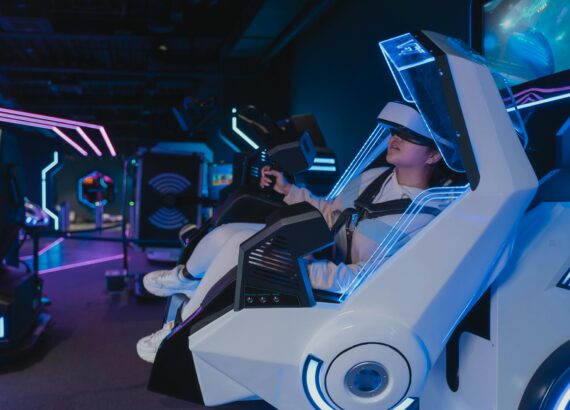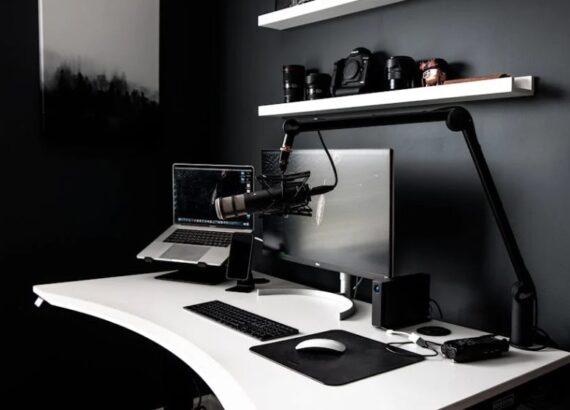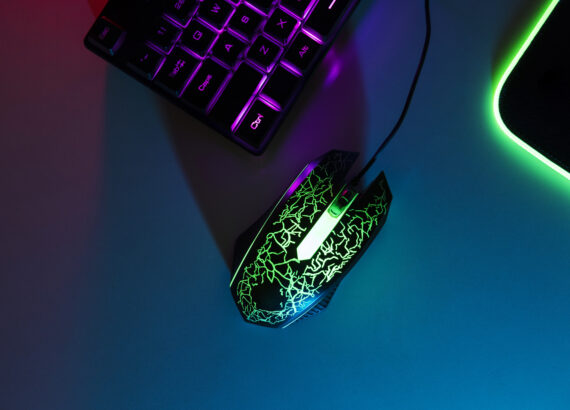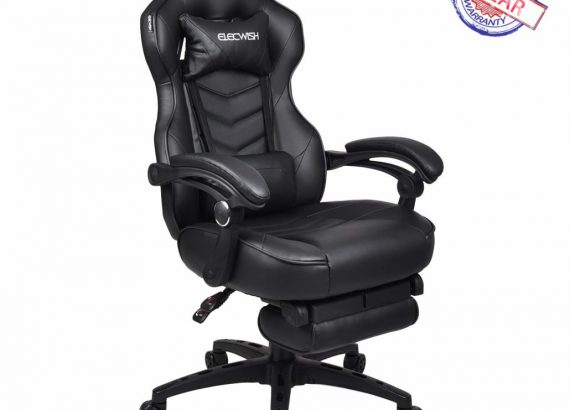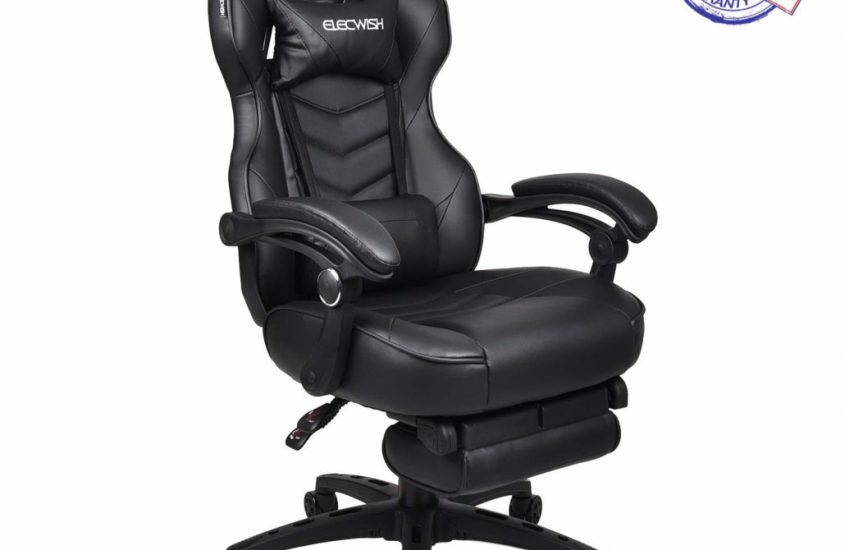How to Choose the Best Gaming Graphics Card for Your Setup
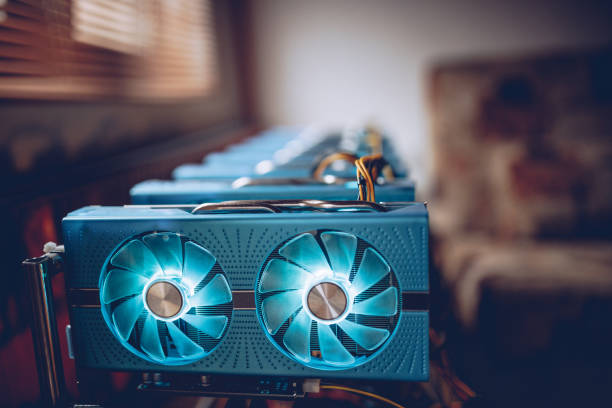
When it comes to building or upgrading your own gaming PC, the graphics card is absolutely critical; one of those components you just never want to cheap out on. Your GPU has a direct effect on your gaming experience, affecting the visual fidelity, frame rates and overall performance. But with countless cards on the market — from high-end to budget options — the process can be overwhelming. In this guide, we’re going to take a look at all of the important components that make a good gaming graphics card so that you can decide which one will be best for your setup.
Understand Your Gaming Needs
Before we get into the details of various GPUs, let’s talk about your gaming needs. Are you a hardcore gamer wanting to dominate in Aaa titles at 4k? Do you mostly play eSports games at 1080p? Here, smooth frame rates and fast response times matter more than graphics. Knowing your preferred game genre can help you narrow down your laptop options. For graphically simple games, a mid-range card is enough and can save money. Serious gamers seeking ultra-high-definition experiences will need a more powerful system.
Plus think about what type of games you play. Fast-paced FPS titles like Call of Duty and Apex Legends require high refresh rates and low latency. This means you need a faster GPU to push more frames. Ray tracing performance is most useful in games with broad open worlds or stunning graphics, such as Cyberpunk 2077. A stronger GPU ensures intricate textures and details run smoothly. The best choice depends on your gaming style and which GPU offers the right balance of performance and value.
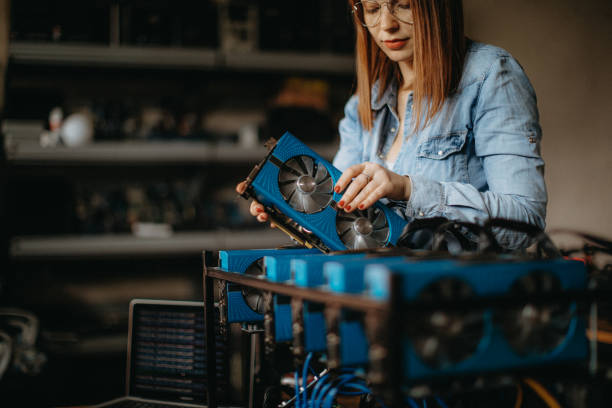
GPU Specifications: The Core Components
Knowing the important factors of a GPU is recommended to be able to make an informed decision. The main gaming performance-specifications to which you should pay attention are GPU clock speed, VRAM (Video RAM), and CUDA cores (or stream processors for AMD cards). The speed of the clock is rated in GHz and defines how fast your GPU can accomplish its tasks. The faster the clock speed, the better; but this must be viewed in light of other considerations. VRAM is, however, important when dealing with large textures and game assets, especially at larger resolutions like 1440p or 4K; you generally want at least a video card with 6GB or 8GB of VRAM for smooth performance in modern AAA titles.
You can think of CUDA cores (or their equivalent in AMD) as how many jobs the GPU can work on at once. More cores often means more parallel processing, which means the GPU can handle more data at once. What that means for gamers is more potential performance, especially in graphically demanding games. We also should consider the architecture of the GPU. Newer architecture in modern GPU provides better performance per watt and power efficiency, resulting in an enhanced gaming experience with lower power consumption. When you compare to GPUs, those are the stats you should be looking at closely because they’re what actually affect the gaming performance, and future-proofing your system.
Consider the Resolution and Refresh Rate
One of the first factors to take into account is your monitor’s resolution and refresh rate. You might even be able to get away with a mid-range 1080p gaming GPU, depending on your frame rate goals. If you are using a 1440p or 4K monitor, you need a more powerful GPU for extra pixels and details.
For 1080p gaming, the NVIDIA RTX 3060 or AMD Radeon RX 6600 XT offers excellent performance.
For 1440p or 4K gaming, consider the RTX 3080 or RTX 4080 for smooth gameplay at higher settings.
Resolution isn’t the only important spec of your monitor when deciding which GPU you need: The refresh rate also matters. A 60Hz refresh rate is more than adequate for most casual gaming with a resolution of 1080p, but if you’re gaming on a monitor that’s 144Hz or 240Hz, you’ll need a GPU good enough to push those higher frame rates. For gamers it means smoother gameplay and faster reaction times, particularly in fast titles. If you think you’ll be using your GPU for competitive gaming, it may serve you well to spend the extra cash on a card that is capable of achieving frame rates significantly higher than what your monitor is limited to (if only so that you can take advantage of every visual improvement available to have that winning edge).
Factor in the Power Supply and PSU Requirements
Selecting the right PSU when you install a high-end gaming graphics card is important. A high-end Graphics card especially NVIDIA RTX 3000 and AMD’s RX 6000 series need more power to perform efficiently. You need the PSU to be capable of handling the wattage that your new GPU requires, but also to safely output to all other components. A more expensive GPU may require a 650W- or 750W-capacity PSU depending on your other parts.
Don’t forget to also verify that the PSU’s 12V rail meets the requirements of the GPU’s power connectors. Certain GPUs demand more than one power connection like 8-pin or 6-pin, and your PSU must accommodate this requirement. Always “overspec”, or estimate your power needs by a fair margin at least, as that way you won’t push the PSU. If you are planning to get a high-end card, perhaps your PSU needs an upgrade in order to maintain stability and life to the system. Buying a good PSU is essential, not just for performance, but second to safety as well – you don’t want any mishandled electricity to kill your part.
VR and Ray Tracing Capabilities In Gaming Graphics Card
With today’s VR and ray tracing gaming technologies being some of the most exciting in terms of development. If you’re considering diving into VR gaming and will hope to play future games with realistic lighting and reflections, sufficient GFX power will be essential. Ray tracing is a graphically rending technique that mimics the way light behaves in the real world, which makes games appear much more realistic. NVIDIA RTX series cards like RTX 3070 and RTX 4080 are particularly popular for their superior ray-tracing performance. AMD’s Radeon RX 6000 series also lets you use ray tracing, though it tends to be slightly less efficient than on NVIDIA cards.
VR is an additional use case where GPU performance matters. Virtual reality headsets, like the Oculus Rift S or HTC Vive, require GPUs that deliver high frame rates at low latency. This prevents motion sickness and ensures an enjoyable VR experience. GPUs such as the NVIDIA RTX 3070 or RTX 3080 are excellent for VR gaming. They provide enough power to keep VR running smoothly. When choosing a GPU, consider whether VR and ray tracing are important to your gaming experience. Pick a GPU that matches your needs.
Budget vs Performance: Finding the Sweet Spot
One of the most difficult decisions you can face is how to compare price vs performance. Although high-end cards provide the best performance, they are also costly. Knowing your budget and deciding how much you wish to spend on gaming graphics card is crucial to finding the solution. If you’re a budget-conscious gamer, there’s also many strong mid-tier options that give good value-for-money without skimping excessively on power. Cards such as the NVIDIA GTX 1660 Super or AMD Radeon RX 580 are powerful enough for most who want to play at 1080p and they don’t cost much.
Conversely, if you’re budgeting for serious graphics grunt with something like an NVIDIA RTX 3080 or AMD RX 6800 XT, you can be gaming in the best way possible available today. These cards deliver amazing frame rates at 1440p and for 4K, plus they have ray tracing and AI improved graphics. But remember, it only makes sense to drop a lot of money on a GPU if you’ve got the other parts necessary to support it (like processor and high-refresh-rate monitor). Don’t forget the performance per dollar when choosing your GPU to invest in, always keep that in mind.
Cooling and Noise Levels
When selecting a GPU, there are several factors to consider cooling solutions, as well as noise produced by the card itself. Top-notch GPUs are known to produce a fair share of heat (especially under load when gaming). Make sure your GPU has an effective design to avoid self-throttling from overheating. Most modern GPUs include fans and cooling. For high-end builds, consider models with triple-fan setups or hybrid cooling that combines air and liquid.
Noise is also an obvious consideration if you want to have a silent gaming rig. Rekola pointed out that certain high-performance GPUs with multiple fans can make a fair bit of noise under heavy load, which might be bothersome during marathon gaming sessions. Search the GPU spec for low noise or silent fan technology offering. Some models have technology that turns fans off when the GPU isn’t under heavy load. Fans restart only when needed. If noise is a concern, check user reviews to see how well the card balances performance and cooling.
Future-Proofing Your System Gaming Graphics Card
Future-proofing is one of the most important elements to consider when buying a gaming GPU. Tech moves fast and you’re going to want a GPU that’s powerful enough to cope with the games of tomorrow (and for the software updates too). If you’re going to pick a card try to imagine your needs for the next 3-5 years. Buying a high-end GPU now ensures your system can handle future games at higher resolutions and frame rates.
Remember, next-generation game engines and technologies like ray tracing and AI-processed effects will be even more taxing on your GPU. With powerful cards like the NVIDIA RTX 4080 or AMD RX 7900 XTX, you can handle most developments. Though initially more expensive, a strong GPU keeps your gaming rig relevant longer, reducing frequent upgrade costs.
Conclusion: Finding the Right GPU for Your Gaming Graphics Card Setup
To select the best gaming graphics card, first determine your price range and what you need from a GPU. Are you looking for a budget-friendly option that can handle 1080p gaming? Or do you want to max out your resolution and jump into 4K or VR gaming? There’s an NVIDIA RTX or AMD Radeon RX graphics card for every need. Consider the resolution, frame rates, power requirements, and upgrade potential of your next GPU. This ensures the best gaming experience during your gaming sessions.
Keep in mind that the GPU is only a piece of the puzzle. You’ll want to ensure that there’s a level of performance between your gaming graphics card and other components— such as the CPU, memory, and disk drives — so that you don’t encounter any bottlenecks. A well-instrumented gaming area, designed for what you do and how you do it. So, do your research and find out which GPU best complements your gaming desires to make sure that you end up with the appropriate Steam library.
more from us
We will provide the best review of best gaming items
